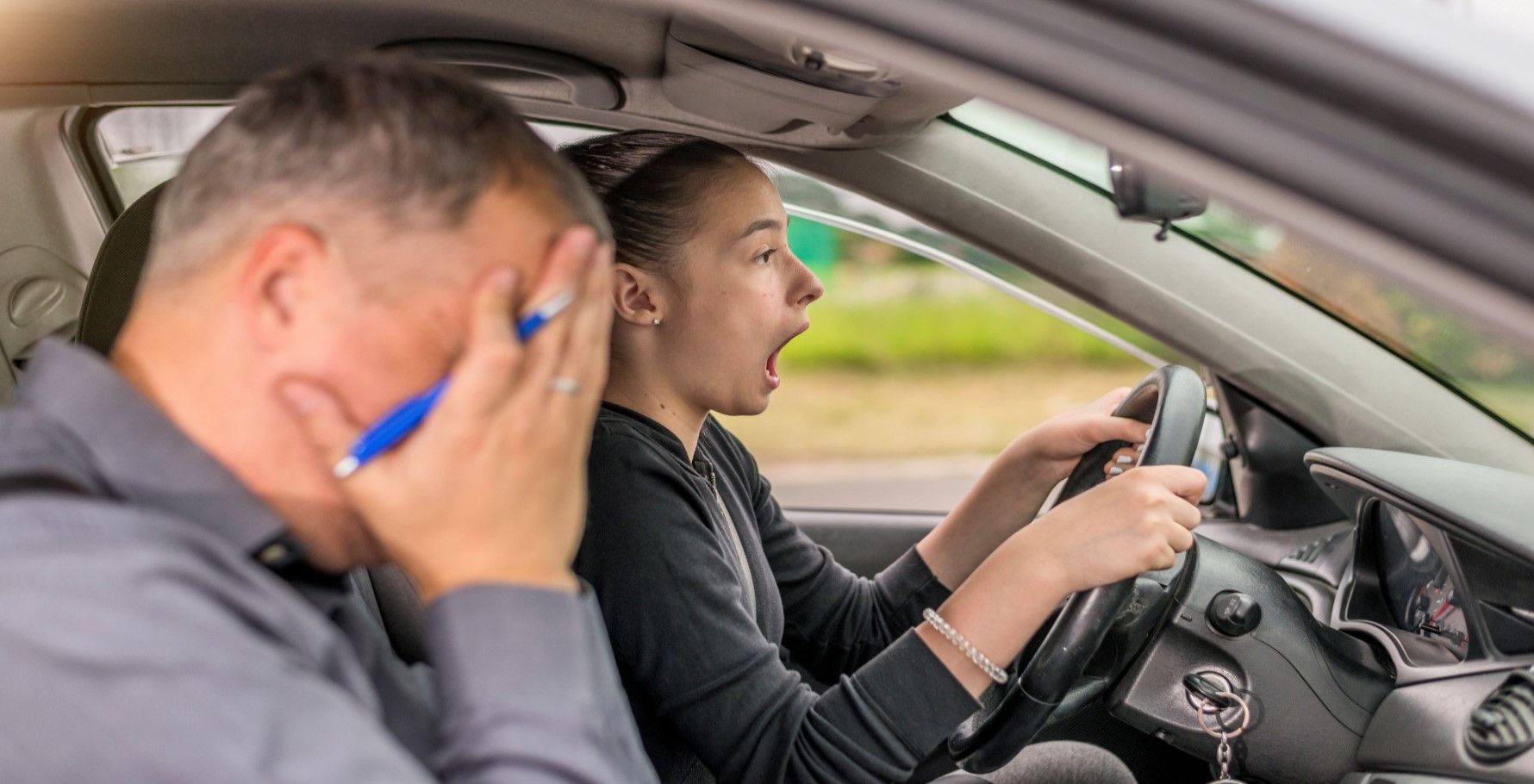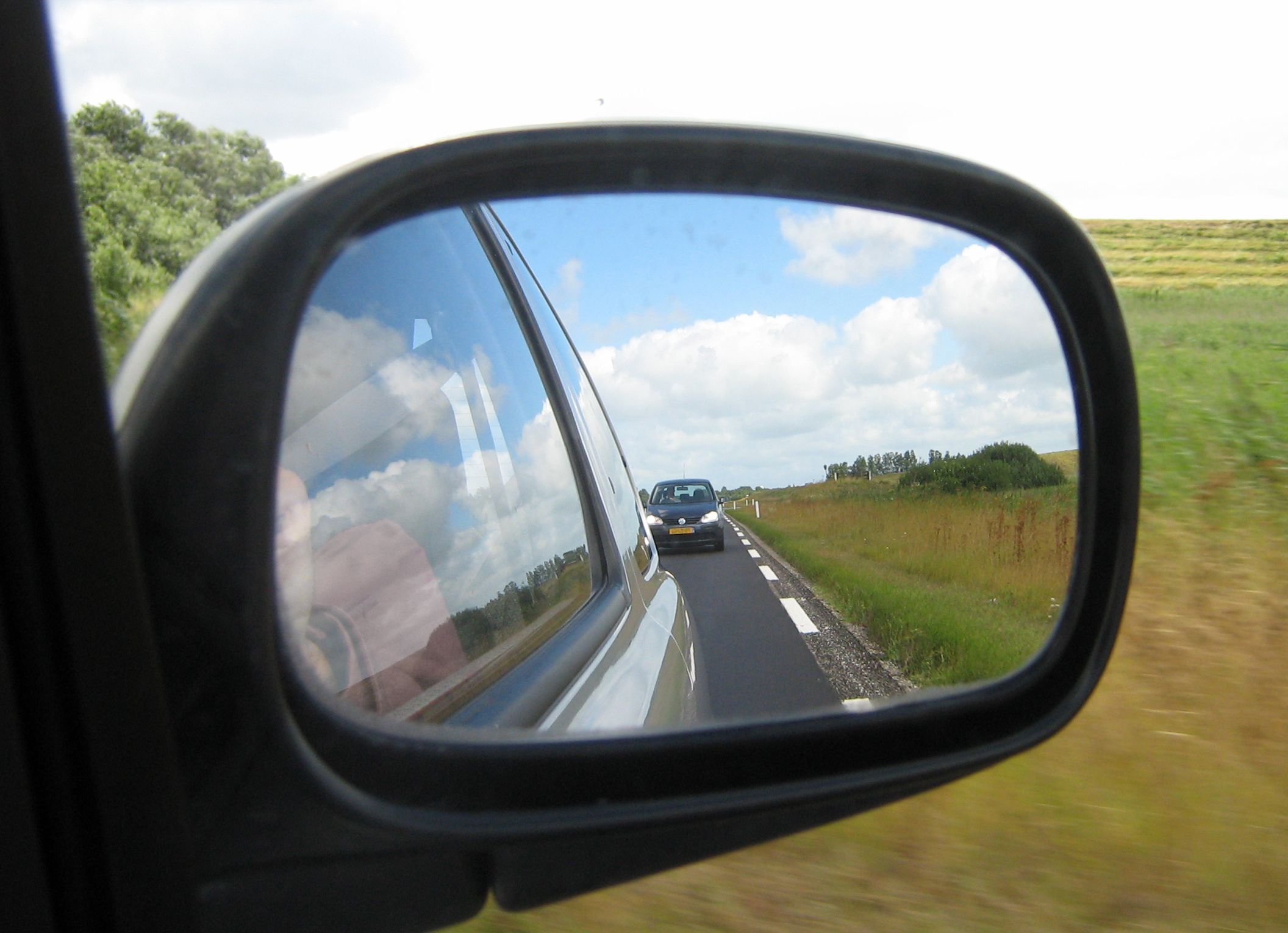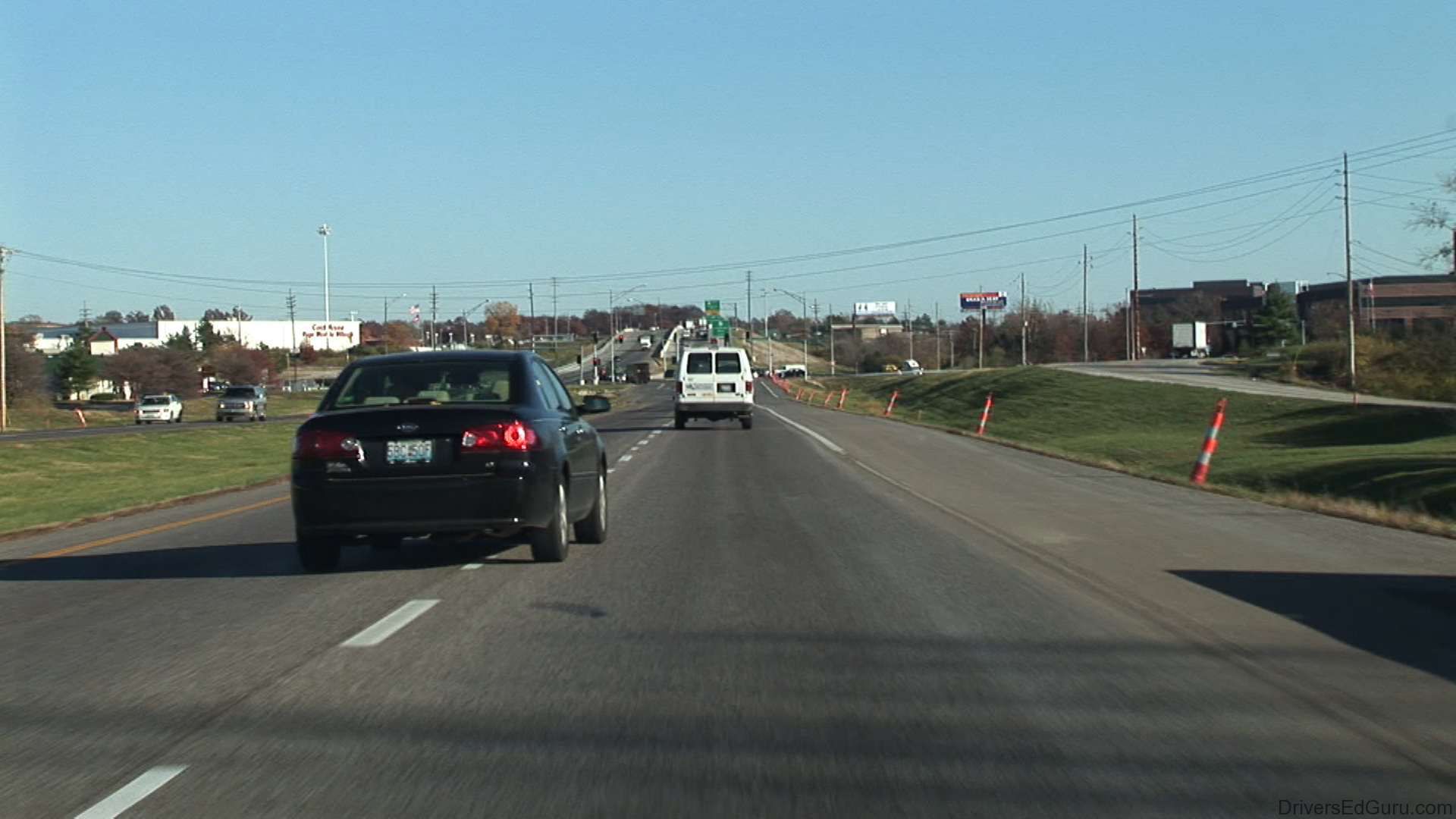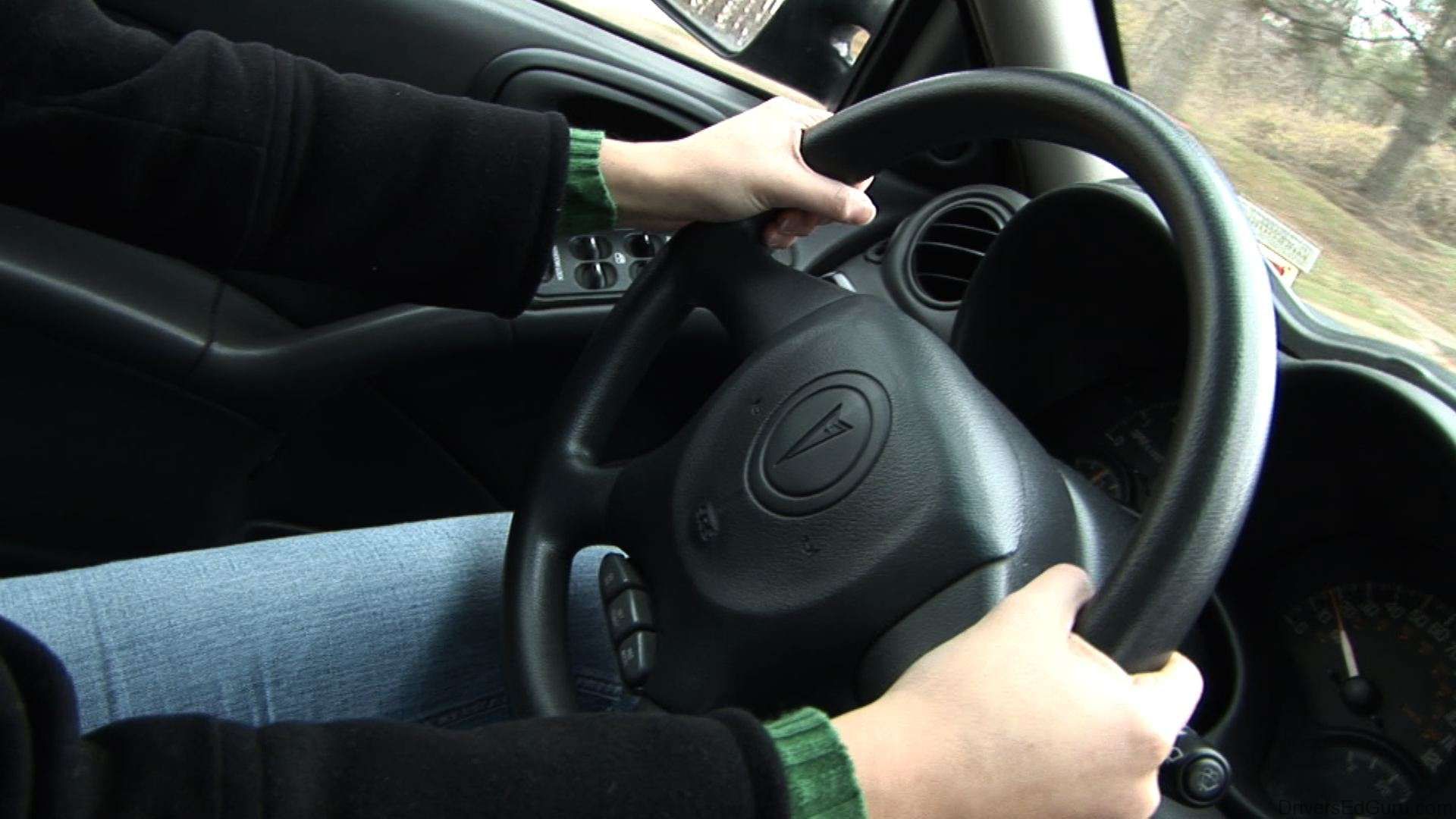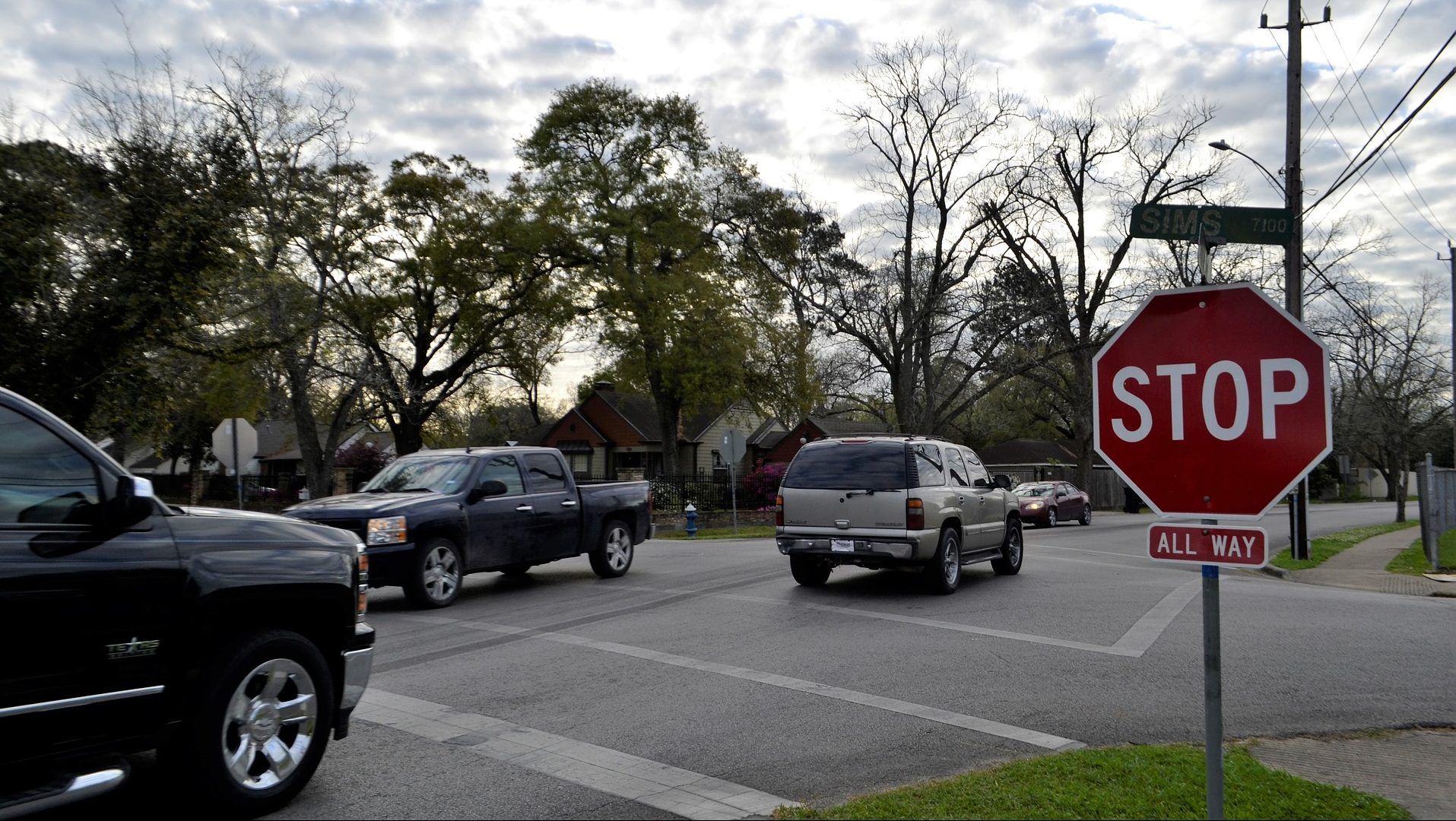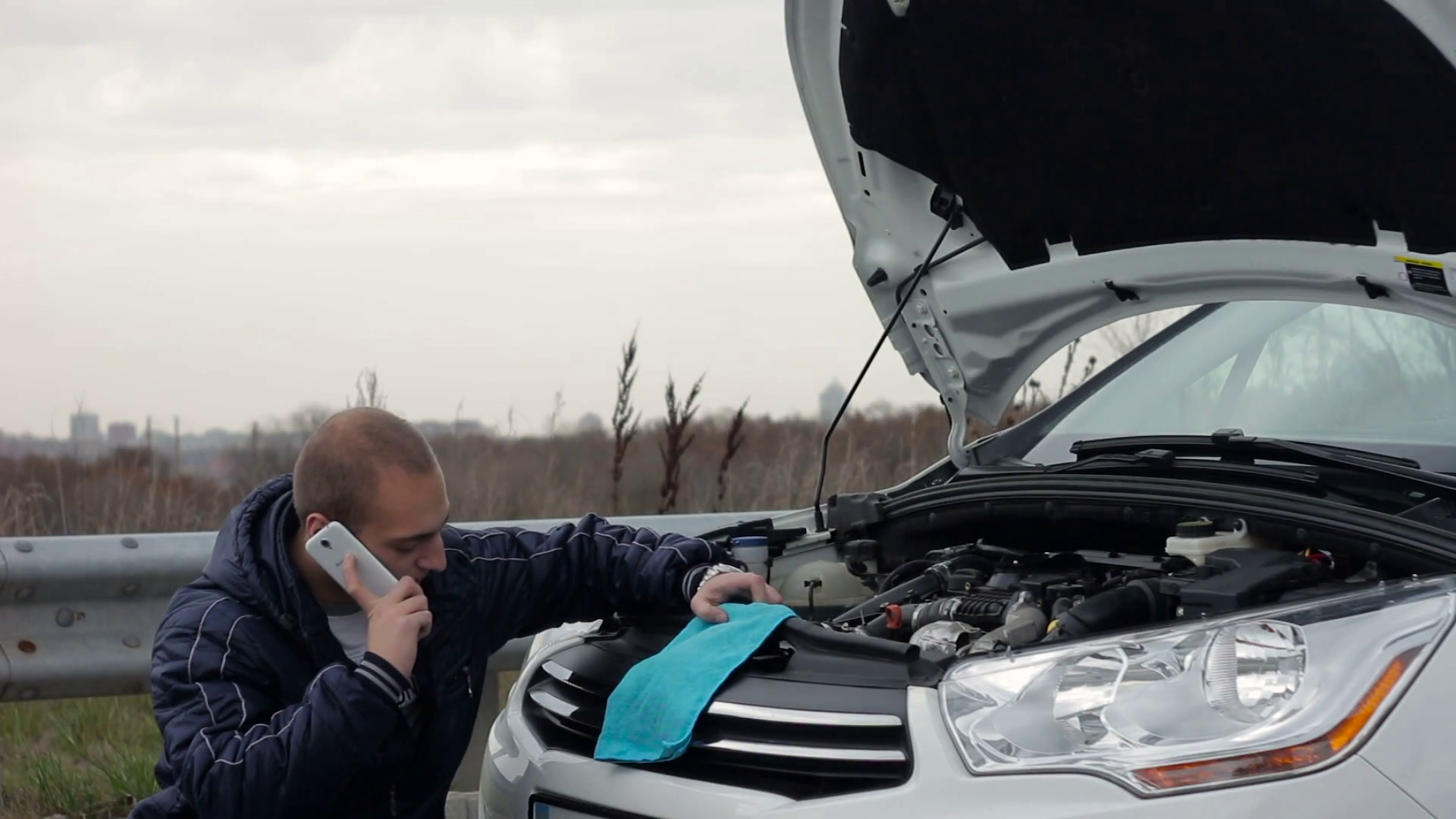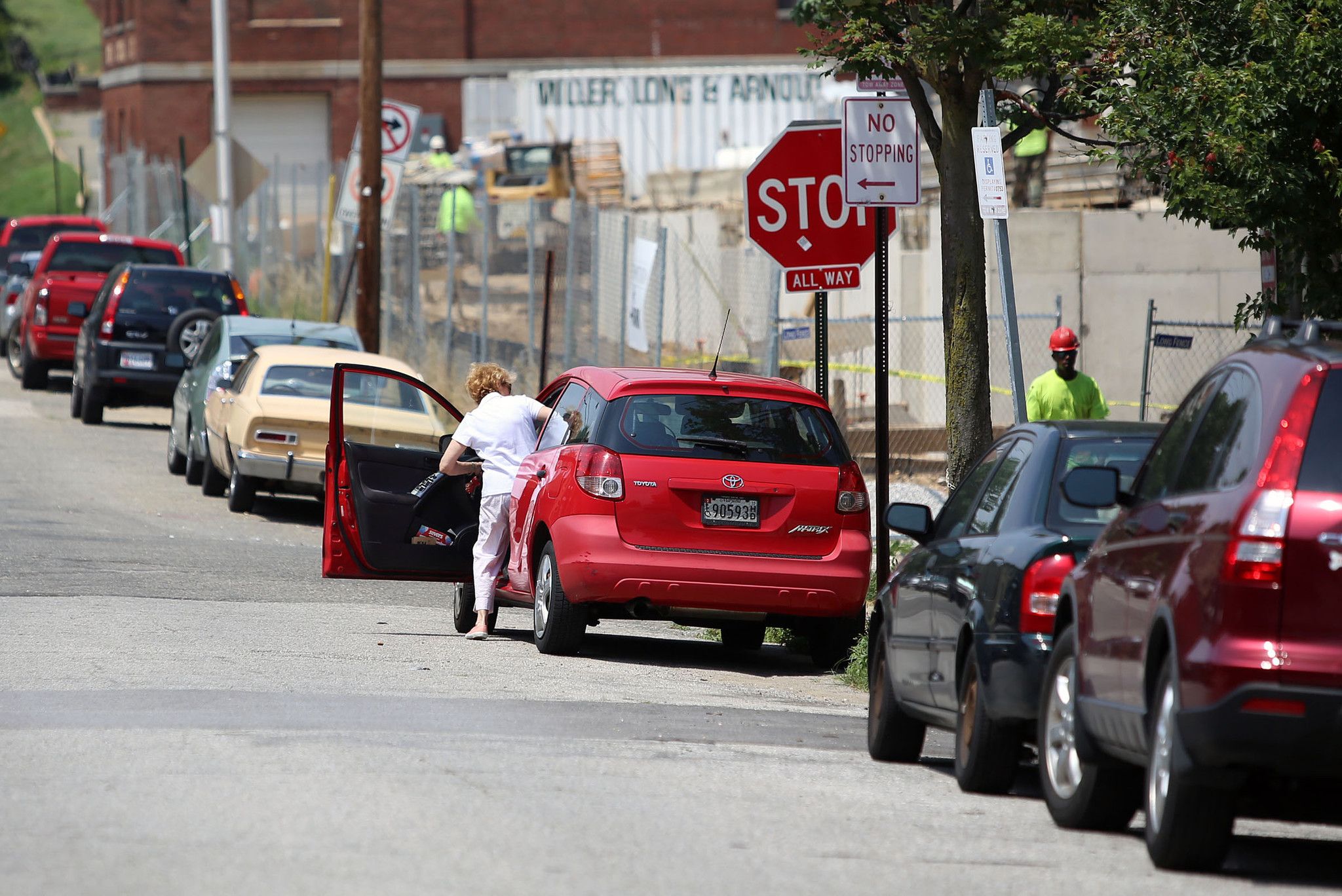Driving is an important rite of passage for teenagers and young adults all over the world. Standing between total vehicular freedom and the agony of public transportation is the dreaded driving test, which consists of both written and practical portions. It may not seem that difficult at first, but you'll need to remember a lot of laws, regulations, and rules if you want to pass the written section.
From there, you'll need to push aside any nerves and prove that you're capable behind the wheel. To help you battle the butterflies and succeed where others have failed, here's a look at some of the most frequent stumbling blocks new drivers encounter while taking their tests.
10 The Rolling Stop
When the test is happening, it can be easy to be nervous, anxious, and a bit overzealous. The "hype" of doing well on your driving test can cause you to commit one of the most common driving test mistakes: the rolling stop.
Many drivers get so caught up in watching for other vehicles, keeping their hands on the wheel, and panicking about hitting the correct buttons and signals that they forget to completely stop at each stop sign. It isn't enough to roll to a crawling pace and then slide past the signage. You must come to a complete stop and ensure that you're behind any demarcation lines.
9 Following Too Closely
When taking your written test, you'll learn about all of the applicable rules and regulations regarding a safe following speed. The problem is that many drivers forget to apply these same rules once they're behind the wheel. An instructor will be quick to scold and dock you points for following too closely behind a vehicle, especially if you're traveling at a high speed (like on an interstate or highway).
There must always be adequate room between your vehicle and the vehicle ahead of you, in case of sudden braking.
8 Watch Your Speed
Controlling your speed is important, and not just when under the scrutiny of your driving instructor. After all, police are constantly on the lookout for anyone ignoring the appropriate limits. You run the risk of failing your test if you're driving too quickly over the posted speed limit.
Likewise, you can also be docked points for driving too slowly. Both of these infractions are very dangerous on the roadway and can cause accidents or a loss of control of the vehicle.
7 Check Your Mirrors
Each vehicle is equipped with an array of mirrors for a reason. You'll need to constantly be aware of what's going on in front of you, beside you, and even behind you. In order to drive as safely as possible and be prepared to handle any possible obstacles, you'll want eyes all over the road.
Your driving instructor (or parents) will likely remind you numerous times throughout your training that you need to be constantly checking your mirrors. Because of this, it's important to give extra attention to your mirrors during the actual test.
6 Improper Lane Changing
Since we just discussed how important mirrors are, we need to talk about one of the biggest driving test traps of all time. This is one of the most common ways that drivers fail, mostly due to the number of steps involved with properly changing lanes.
If you want to change lanes correctly, you'll need to look for traffic beside you, turn your directional signal on, check your review and side mirrors, and finally, turn your head to ensure that no vehicles are located in your blind spot. Only then is it okay to change lanes. Failure to follow these steps correctly (or missing some) will usually cost you some points.
5 Controlling Your Steering Correctly
If you had strict tutelage from your parents when it came to learning how to drive, you likely have the phrase "hands at 10 and 2" burned into your brain. For those unfamiliar, the safest way to grip the steering wheel is by imaging that the wheel is a clock and then placing your hands at the corresponding numbers. This gives you maximum control over steering, which is vitally important should any accidents happen or random obstacles pop into the roadway.
Not placing your hands at these positions or over-steering often will bother your instructor.
4 Distracted Driving
This wasn't necessarily so much of an issue in the old days, but the modern age has caused a huge spike in distracted driving. Cops are cracking down as much as possible on this practice and you'll definitely get on the bad side of your driving instructor if you're doing anything else besides fully concentrating on the road at all times.
When your test is happening --and when you're driving in general-- be sure not to answer any calls (handsfree aside) and always focus on the roadway.
3 How To Handle A Four Way Stop
Four-Way Stops are prevalent all over the United States, especially if you live in a city. It can be intimidating to come up to an intersection laced with stop signs instead of a traffic light, especially when there are other cars present. What bites some drivers is hesitation or forgetfulness concerning the rules of the road in this situation.
Whoever arrives at a full stop first is the first to move. Even when multiple cars arrive, it's a "take your turn" type of scenario. If two cars arrive at the same time, it's the driver to the right.
2 The Car Collapses
Some cities and traffic schools will offer vehicles for you to take your test in, which solves this problem outright. However, many of you will have to supply your own vehicle when you perform the driving portion of the test. If that's the case, you'll need to ensure that your car is in good working order and has all of the appropriate safety measures.
It's not a good idea to show up with a vehicle that is missing mirrors or has multiple cracks in the windshield. The worst case scenario is to suffer a mechanical breakdown in the middle of your test!
1 The Dreaded Parallel Park
This is definitely the hardest part of any driving test and it can be a downright nightmare for anyone that isn't fully prepared. Parallel parking is important for city dwellers, thanks to the lack of parking in highly populated areas.
That's why it's mandatory for a lot of driving tests. If you spend extra time on anything, make sure it's mastering how to parallel park.

